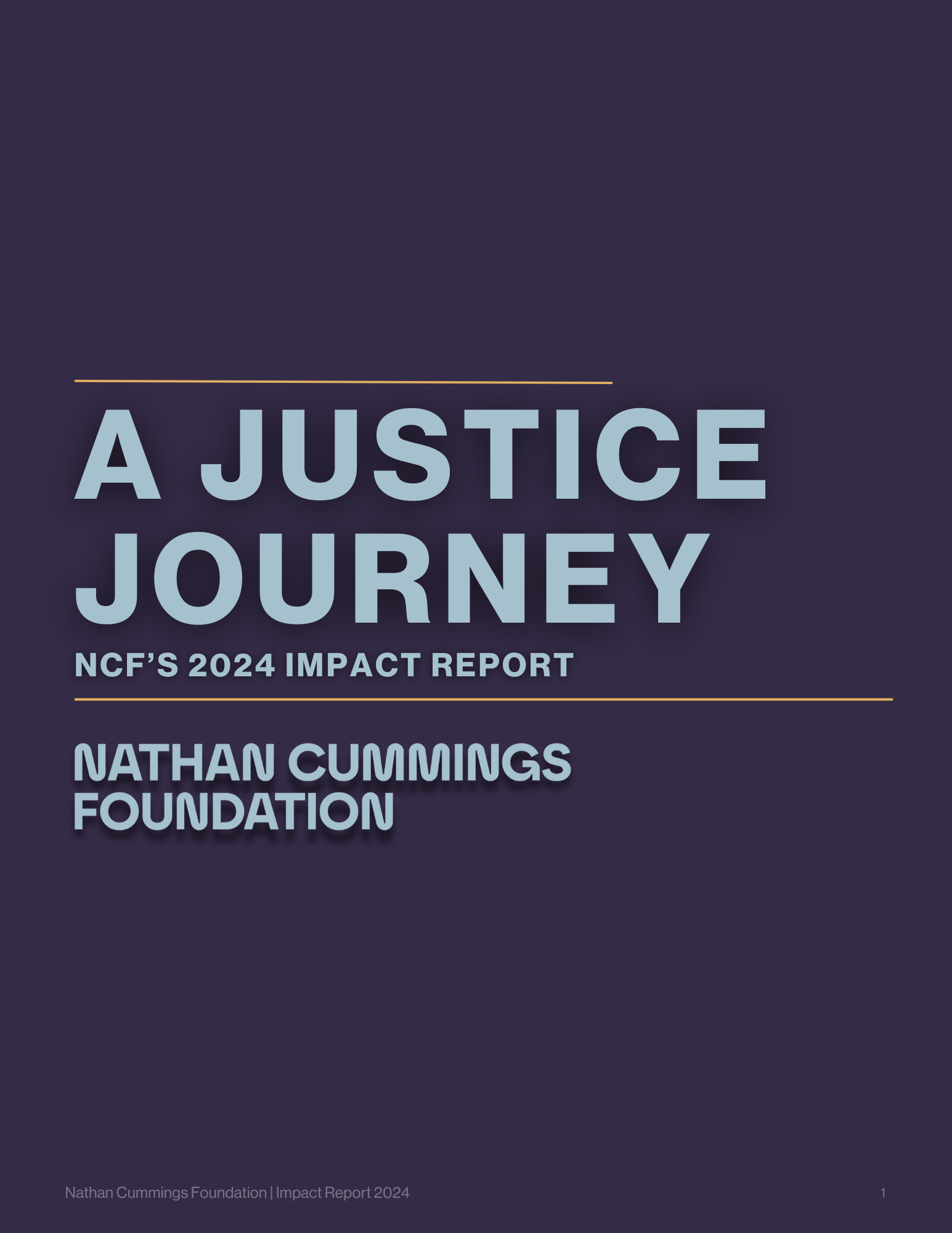Foundations’ Votes Matter: Leveraging Ownership Rights to Further Your Mission
At a time when progress on critical issues like inequality, racial justice and climate change is both threatened and increasingly urgent, a growing number of investors are looking to use their investments to drive change on social and environmental issues while generating financial returns. At the Nathan Cummings Foundation (NCF), for example, we strive to use all of our assets—including our proxy votes—to pursue justice for people and the planet and to achieve the change we want to see in the world.
We are not alone. The number of foundations with public commitments to pursue mission aligned and impact investing has grown rapidly over the last few years. Foundation members of the U.S. Impact Investing Alliance’s Presidents’ Council, who share a commitment to practicing and promoting impact investing, hold more than $80 billion in combined assets. And that’s just one of a number of organizations where foundations come together to explore the potential of mission aligned and impact investing.
Despite this encouraging trend, the number of investors employing active ownership strategies—including intentionally voting their proxies and filing shareholder proposals in line with their mission—continues to be relatively small, especially among foundations. This is a shame, because in addition to being relatively simple to do, it can also have a significant impact.
Let’s look at proxy voting, a fundamental building block of a mission aligned portfolio. How many foundations with a focus on racial and/or gender justice failed to ensure their proxy votes were cast in favor of proposals asking companies to increase board diversity or report on equal employment opportunity or gender pay gaps? How many foundations with a focus on climate change pushed their managers to vote in favor of the more than 40 shareholder proposals on climate change up for a vote in 2017? Foundations that aren’t paying attention to proxy voting are missing an easy but powerful opportunity to use their standing as investors to drive progress on their missions.
It’s true that almost all shareholder proposals are nonbinding, but we’ve seen time and again that majority votes nearly always spark action. At Occidental Petroleum, a majority supported proposal on climate risk resulted in a commitment to report on carbon asset risk. Another example: shortly after a majority-supported proposal requesting investor access to the corporate proxy to nominate directors, Exxon appointed a climate scientist to its board.
You may ask what difference a few shares make, but when it comes to shareholder proposals, every vote counts. Pressing your managers to support proposals in line with your values can tip their position on an issue and the vote. Last year, Vanguard and Blackrock’s support for the climate risk proposal at Occidental pushed the total past 50 percent. According to research from The 50/50 Climate Project, had Vanguard supported all fourteen proposals calling for greater disclosure of climate risk in 2017, eight additional proposals would have achieved a majority. Now that’s a climate tipping point worth getting excited about.

